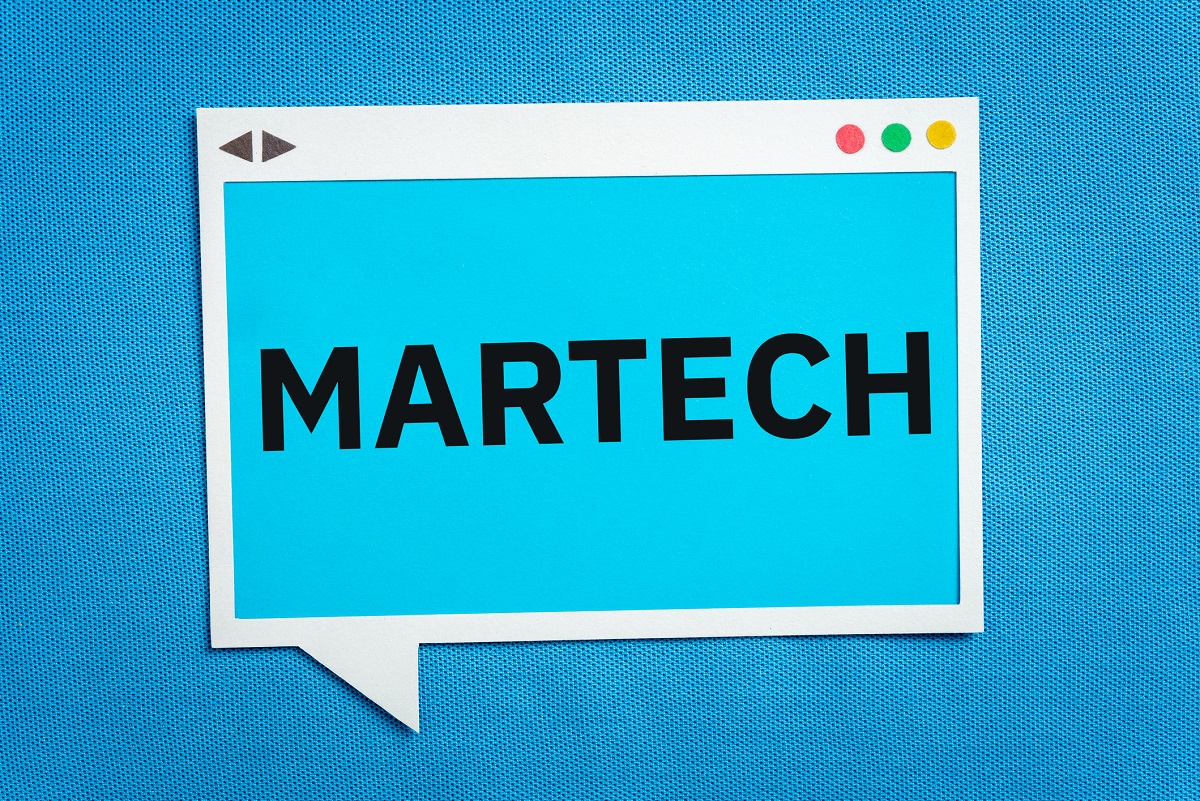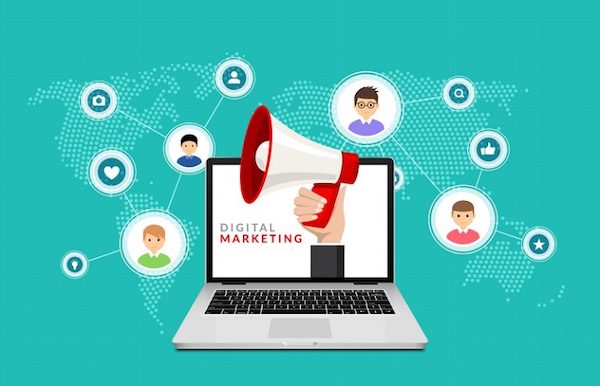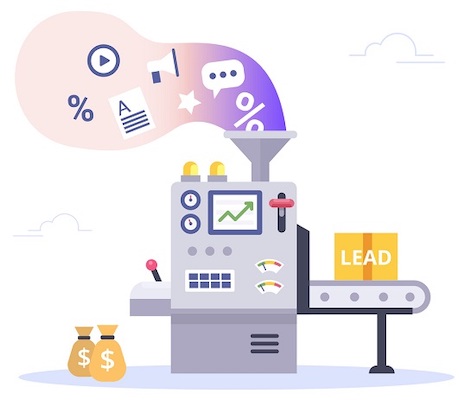Martech – Stack up your marketing tools for 2021
| December 28, 2020

If you work in digital marketing then you will be using martech to achieve goals and meet objectives that keep your business profitable, streamlined and competitive. Let’s have a look at what martech is and some of the benefits it brings to working processes in thriving departments.
What is martech?
Martech is a word used to define the fusion of marketing techniques and software technology. These tools empower teams to deliver impactful campaigns and assist in delivering smoother working practices. A proven time saver, martech makes room in team diaries, connects people and helps manage tasks. Sales and customer management are brought together through tools like Salesforce to monitor data, sync teams and keep customers happy.
Choosing the right technology for your business allows your team to map out future goals and gives a fuller customer experience through data-driven content. Mailchimp is a must-have for those who wish to launch well-timed email campaigns, while workflow software like Asana helps organize tasks and establish stakeholders.
And that’s not all. Martech also enables your business to work smarter with time-tracking and finance software tools. Understanding the value technology brings to your business operations is essential in a marketing world where techniques constantly evolve, and keeping up with the times remains paramount to in-house operations and future brand success.

Why martech is important
Martech is a marketing technology that helps teams achieve goals and meet specific objectives. It assists with the strategizing and implementation of marketing campaigns from inception through to product or service launch. Utilizing this technology is vital if looking to streamline working practices and deliver content across multiple channels.
The technology you implement will fall under various categories like content creation, customer relationship management or workflow automation. Look to build a stack of software that connects entire departments and inspires your creative colleagues. But before you implement new technology, understand the different ways the tools you choose will function in conjunction with your business needs.
Traditional martech software:
- Content management system (WordPress, Contentful)
- Cloud storage (Canto, Dropbox)
- Chat applications (Slack, Google Hangouts)
- SEO tools (Wix, Keyword Finder)
- Design (Adobe, Illustrator)
- Workflow software (Asana, Trello)
- Email (Mailchimp)

Martech and digital assets
Digital assets play a starring role in the success of any marketing campaign or strategy. The number of stakeholders involved in a project launch varies with the shifting demands of your business operations. This makes it vital that teams stay in sync. Having the right software on hand to assist teams with meeting new objectives has a positive impact on productivity. Cloud storage like Dropbox allows files to be uploaded and shared easily. Digital asset management solutions come with excellent third-party integrations that accommodate software like Adobe Indesign to create a singular working space. All of this falls under the umbrella of martech.
Common digital assets:
- Brand logos, fonts
- Photos, visuals
- Video, motion
- Design, illustration, typography
- Copy
Build a stack
A martech stack is a group of technologies that serves marketing teams. It enables you to better plan, execute and measure the success of marketing campaigns. The software can automate and streamline processes and collect data which makes engaging with your target audience easier. How you build your stack will likely be done so progressively, and dictated by future business goals as technology continues to evolve.

Benefits of martech
Having a stack of accessible software tools available puts teams in control of their brand and enables projects to be better managed. Processes that would normally take time and contain human errors can be automated. File conversions and data organization can also be taken care of for you by technology. Improve collaboration and communication across departments with chat apps like Slack and popular video conferencing products like Zoom.
Martech also assists in delivering precise marketing campaigns that meet department objectives. Utilizing software tools helps coordinate tasks, identify stakeholders and outline projected timeframes. A reduction in workflow conflicts between team members frees up time to focus on workplace objectives. The ability to stay agile in a competitive marketplace is further enhanced with apps and software that harmonize departments, and allow teams to focus on specific goals.
5 ways martech improves marketing departments:
- Automation for streamlined working processes
- Enhanced communication through project visibility
- Data analysis that tracks customer impact
- Optimized content with SEO software
- Targeted analysis for improved customer experience

The requirements of a marketing team are in constant flux. Today, having up-to-date technology that speaks to the needs of your teams is a must. Rapid change is an inevitability easily embraced if your business has the latest software. Galvanize your team and provide them with the tools they need to stay on track. Make time-consuming tasks feel easy as you integrate software into daily practices, and when possible, let automation do the work for you.
But remember, in the digital world, what is popular today may not be tomorrow. And in the marketing sphere, it’s good to look ahead. Keep an eye on technological advancements and consider how they may impact how you run your operations.
